Modern consumers are constantly looking for oral-care solutions that save time, simplify routines, and improve overall hygiene. Among these innovations, U-shaped toothbrushes have gained massive attention thanks to their eye-catching design and “30-second brushing” claims. But do they actually work? As an OEM manufacturer specializing in oral-care devices, we frequently answer this question for brand owners seeking reliable product development guidance. Below is a data-driven analysis from the manufacturer’s perspective.
Unlike traditional brushes that require manual scrubbing, U-shaped toothbrushes use a mouthpiece made of silicone bristles. Vibrations or micro-pulses claim to clean multiple surfaces at once. This design appeals to users who want convenience and consistency, especially children or people with limited brushing ability.
The cleaning performance varies widely based on build quality, silicone hardness, bristle density, and vibration intensity. Some low-end models offer minimal plaque removal, while high-precision versions—when engineered with proper bristle contact—can support daily maintenance.
From an OEM perspective, success strongly depends on correct engineering and material standards.
When evaluating cleaning efficacy, we examine:
Coverage: Does the silicone U-tray contact the gumline?
Vibration transfer: Are sonic vibrations reaching bristle tips effectively?
Fit range: Does the product adapt to various mouth sizes?
Our internal lab tests show that well-designed U-shaped brushes can remove superficial debris, but plaque in tight interproximal areas may still require supplementary brushing or flossing.
For brands seeking to develop high-performance models, we recommend focusing on:
Medical-grade silicone hardness appropriate for consistent bristle pressure
Bristle arrangement optimized for 360° surface contact
Adjustable vibration frequencies for different age groups
Multiple mouthpiece sizes to improve fit accuracy
Waterproof and safe power module design
An experienced OEM manufacturer can guide brands in achieving true functional improvement rather than just visual innovation.
These brushes work best for:
Children learning brushing habits
Users with limited mobility
People who want an easier supplemental cleaning tool
They should not completely replace traditional brushing for users with complex oral-care needs.
The global interest in time-saving oral-care devices is rising, and U-shaped toothbrushes remain a strong niche category. With proper product engineering, brands can offer a unique and attractive addition to their portfolio. High-quality manufacturing partnerships make the difference between a novelty gadget and a truly effective oral-care tool.
So, do U-shaped toothbrushes actually work?
They can, but only when backed by thoughtful design, verified cleaning efficacy, and reliable manufacturing processes. For brands exploring this booming category, collaborating with a capable OEM manufacturer ensures that your U-shaped toothbrush delivers real value—not just trendy aesthetics.
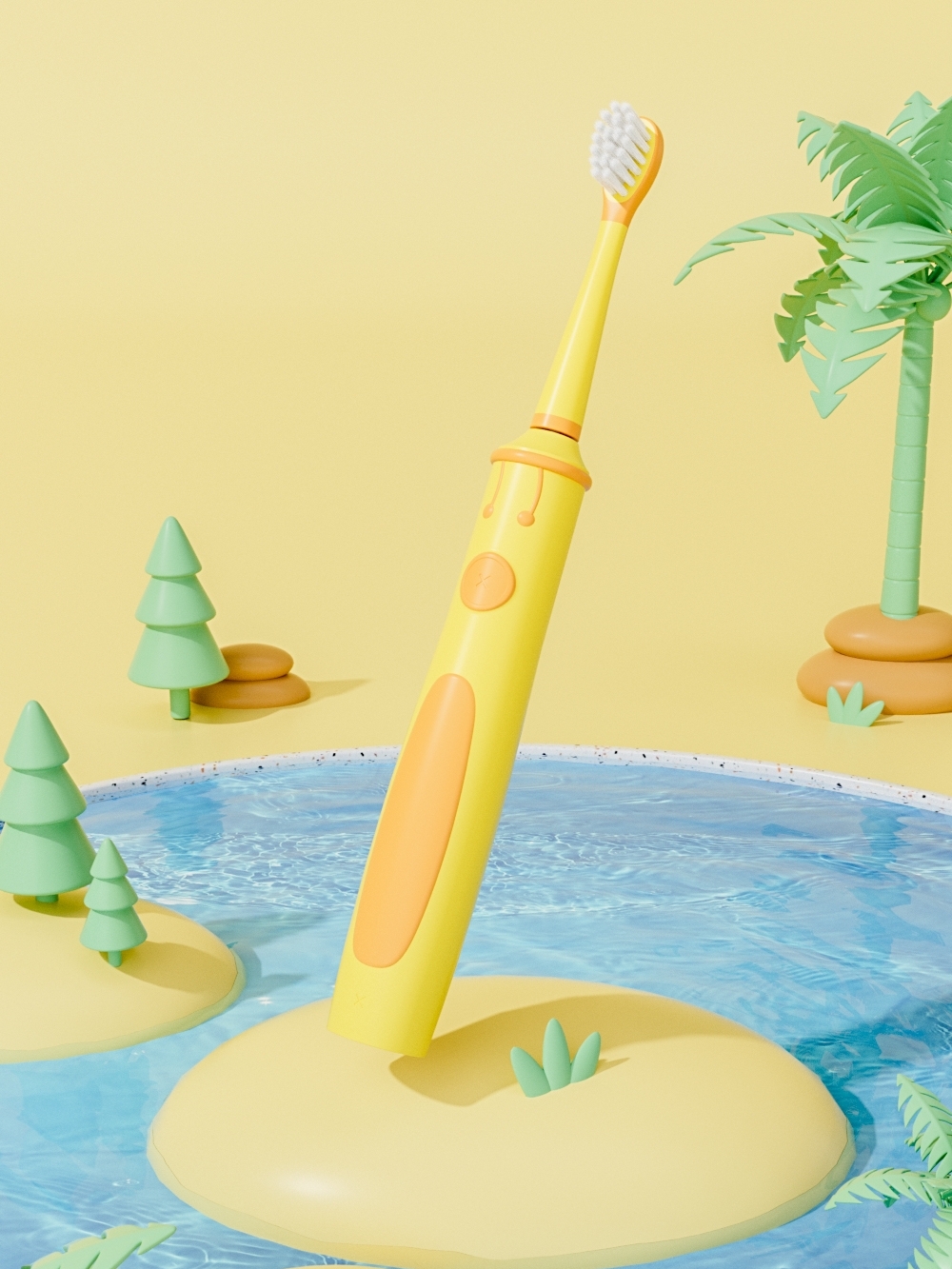
Finding the Right Kids’ Toothbrush: An OEM Guide to U-Shaped vs. Sonic Options
.jpg)
How Does Water Flosser Tank Manufacturing Integrate with Water Flosser Accessory Production?
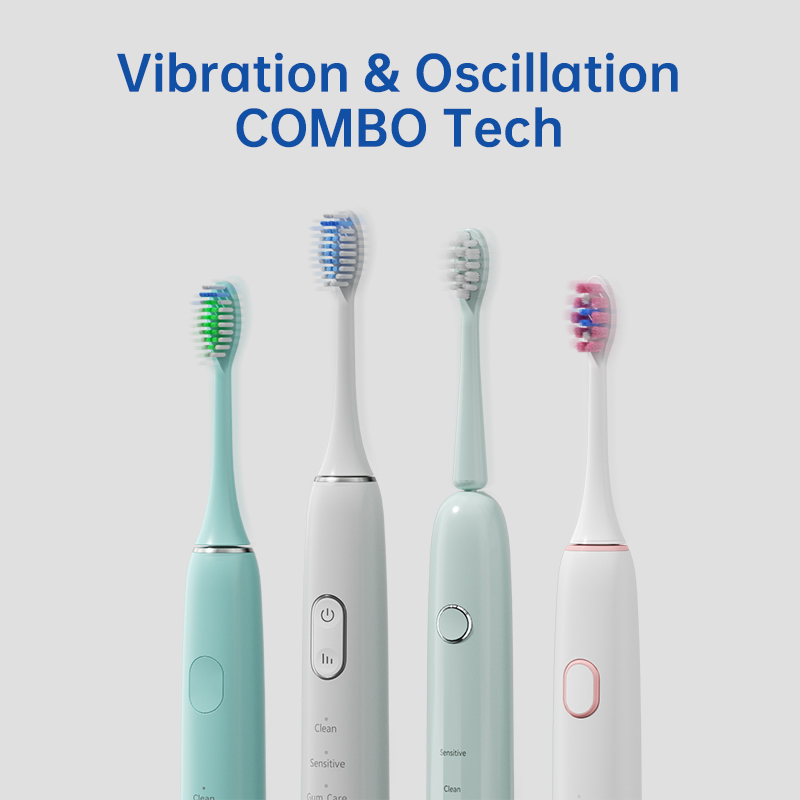
How Can a Sonic Toothbrush Manufacturer Collaborate on Portable Water Flosser Designs for Travel-Friendly Oral Care?
.jpg)
Can a Teeth Whitening Kit OEM Integrate with a Reliable Whitening Gel Supplier for Consistent Results?
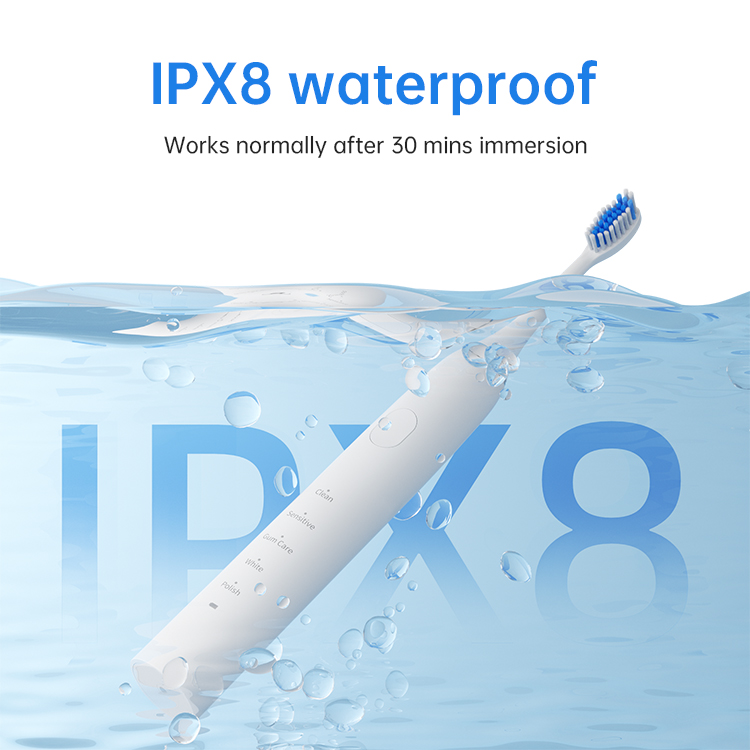
Refining Your Toothbrush Sourcing Strategy?
.jpg)
Can Sustainable Water Flosser Material Sourcing Enhance Water Flosser Design Services?
Rotating or Vibrating Toothbrush: Which Is Better for Your OEM Brand Strategy?

LED Light in Oral Care: Safety Insights for OEM Product Development
.jpg)
Water Flosser vs. Hard Plaque: Setting Realistic Expectations for Your OEM Brand
.jpg)
sonic electric toothbrush San Francisco
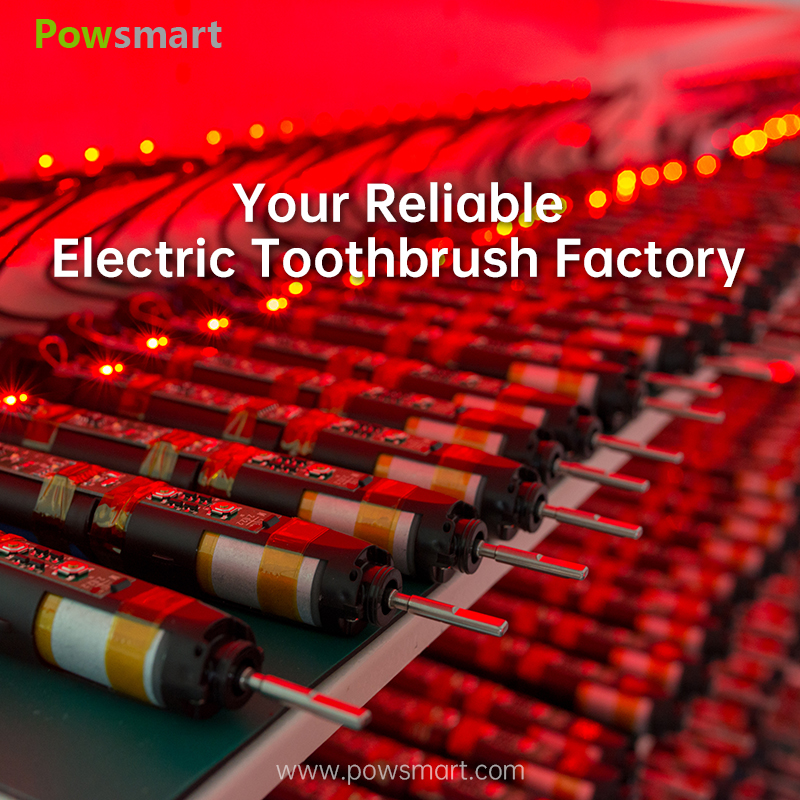
Defining Effective Electric Toothbrush Design for Modern OEM Brands
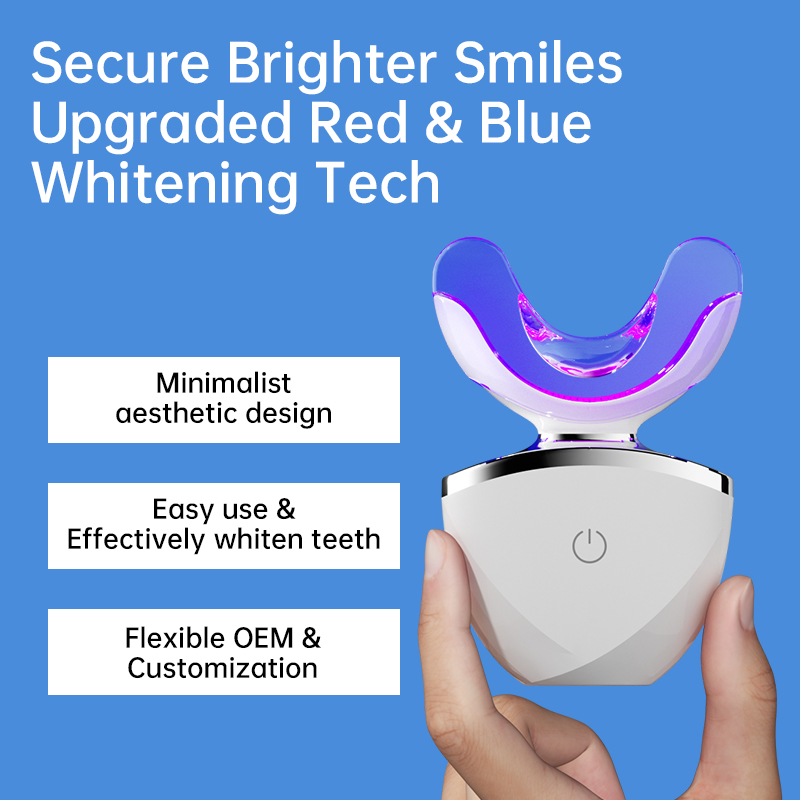
How Long Should I Use Blue Light on My Teeth? OEM Manufacturer’s Guide
Portable Electric Toothbrush with Case OEM
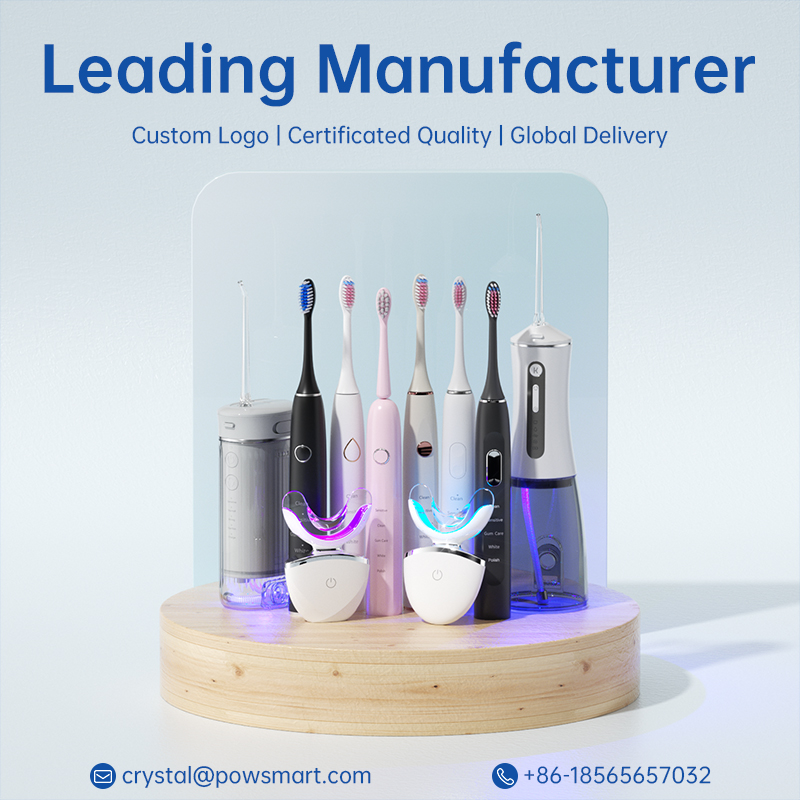
How to Manufacture Your Electric Toothbrush Vision with the Right OEM Partner

Is Your Electric Toothbrush Supplier Providing ADA Certified Toothbrush Products for Market Compliance?
.jpg)
How Does Water Flosser Mold Development Optimize the Water Flosser Production Line?

Customization Teeth Whitening Gel

Electric toothbrush heads Charcoal Infused-Diamond

Private Label Whitening Gel
.jpg)
Florida Electric Toothbrush – Powsmart PTR-C8

electric toothbrush heads Charcoal Infuse-Round

electric toothbrush heads Regular Clean

electric toothbrush heads Deep Clean

electric toothbrush heads Ultra Soft
whstapp
whstapp
National Toll-Free Service Hotline
+86 755 86238638